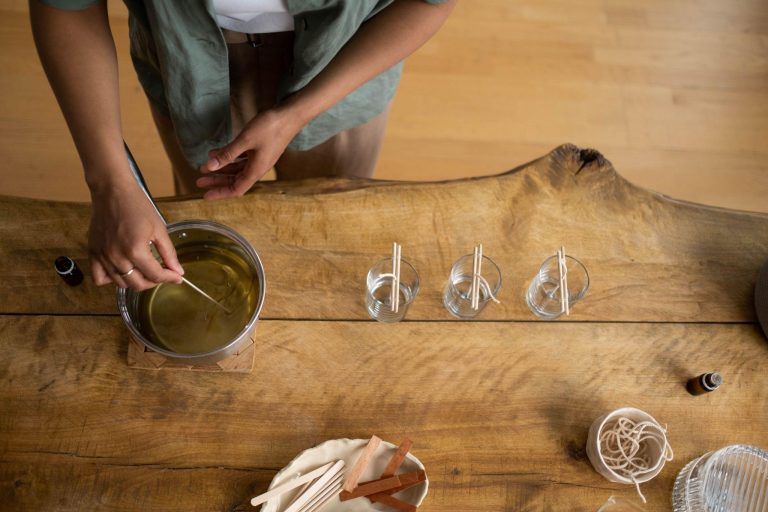While the whole point of a DIY project is that you should be able to do it yourself, there are certain levels of expertise or specific skills that you’re going to need in order to complete some projects. Someone who has never worked with power tools before shouldn’t start off their woodworking endeavour by trying to build a 500-square-foot treehouse for their children or making a deck; they should start off with building birdhouses or other small projects that let them practice basic skills before moving on to bigger projects.
The problem is you don’t necessarily know what skills you’re three steps into your latest project. Be proactive and take the time to improve your chances of producing something you’ll be proud to display in your home by developing your DIY skills.
Investing In The Proper Tools
There are some materials or tools that you can get away with purchasing at the dollar store or buying second hand, but on the flip side, there are some tools that are worth splurging on. If you’re trying to become a DIY expert, it’s worth spending your time researching which tools or materials you think you’ll need; and researching which products are actually worth your money. For example, if you’re planning on furnishing your next home with furniture you crafted yourself, you’ll need to invest in a great cordless drill or orbital sander.
Pro Tip: Once you’ve purchased the right tools, the best way to improve your skills is always going to be with practice practice practice. Try working on a wide range of projects that involve different types of crafting or carpentry skills. You can even earn extra income by selling woodworking projects that are in high-demand on sites like Etsy or Facebook Marketplace.
YouTube Can Be Your Go-To Resource
If you’re trying to tackle a new project and don’t know where to start or you’re stuck with a certain skill, there’s a good chance that someone else has made a YouTube video about how to do it. The internet is a great resource, and when it comes to step-by-step visuals, YouTube especially has a whole community of DIYers who are ready to share their knowledge and tips with you.
Now, that’s not to say that every person who makes a youtube video is a DIY expert, but there are countless channels from experienced handymen and handywomen who can help guide you for your next DIY project.
See One, Do One, Teach One
When tackling a new skill, one of the best ways to learn is to have someone in your life teach you, and then you go find someone else to teach, known as the Protege effect. Your father-in-law could fix the leaky sink for you, or he could teach you how to do it. Then once you’ve learned how to do it under his watchful eye, your next step will be teaching your neighbor or friend or child how to do it. Watching a video or having someone explain the steps to you is a good start, but you’ll never learn unless you get your hands dirty. The final step is passing on your knowledge to someone else because that’s how you know you’ve really mastered the skill.

Always Finish The Project
When you start a project and sense that it’s not going down the way you expected it to, it’s natural to want to throw in the towel—but you must resist the urge! It may be a corny life lesson but it really is true that you learn more from your mistakes than your successes. Commit to finishing the project fully and then figure out what went wrong. Did you not measure your materials properly? Did you underestimate how much paint you’d need or think you didn’t need to tape the edges and then you realized you’re not as talented a painter as you thought? That door you were building may have turned out a little wonky but it’ll add character to the finished product, and you’ll learn something for next time.
Recycle Scraps Into Practice Materials
Any time you finish a project there are going to be leftover scraps of wood or other materials that you’d normally just throw out. What you should be doing is repurposing them into practice materials instead. That scrap of leftover fabric is great for practicing basic sewing stitches, and the wood scraps you were going to use as bonfire material could be used to practice staining techniques.

